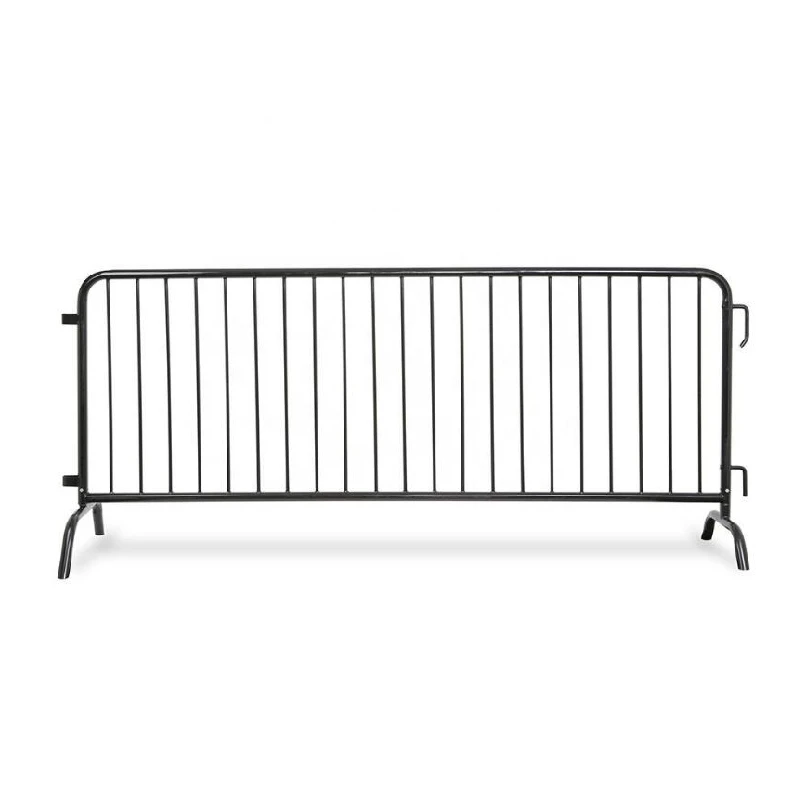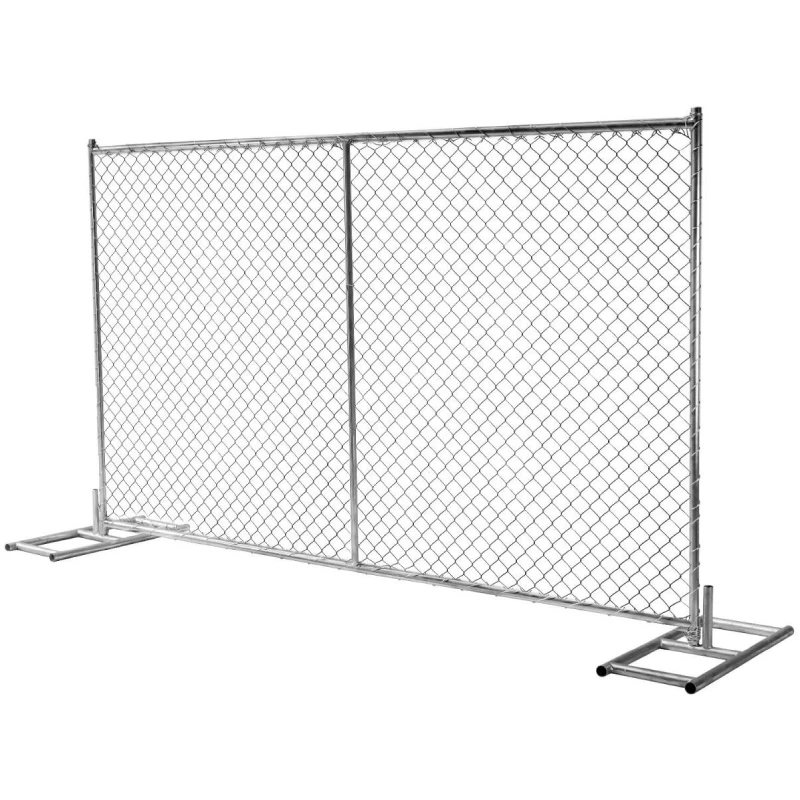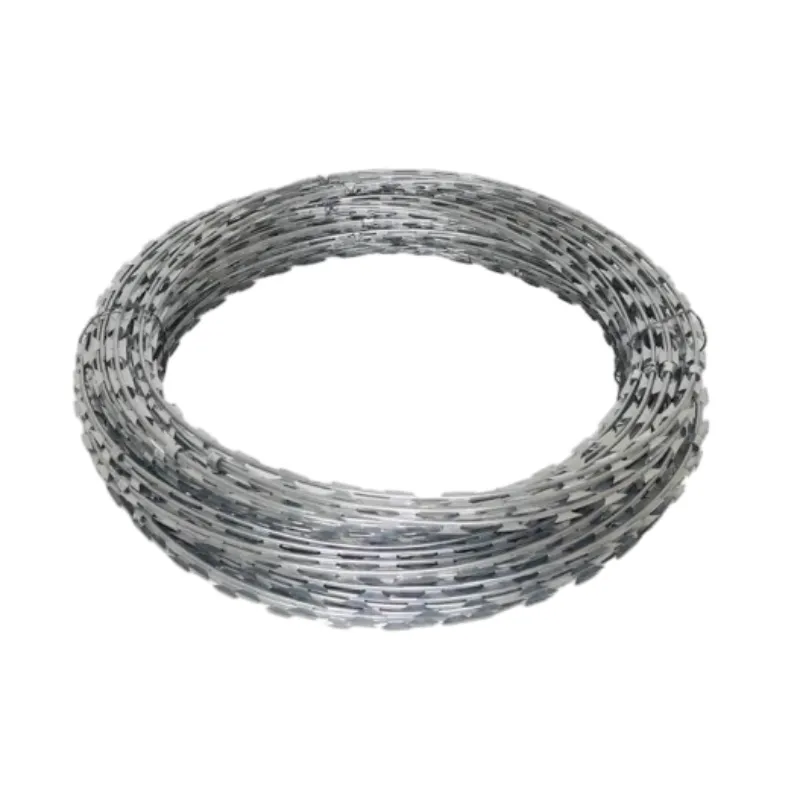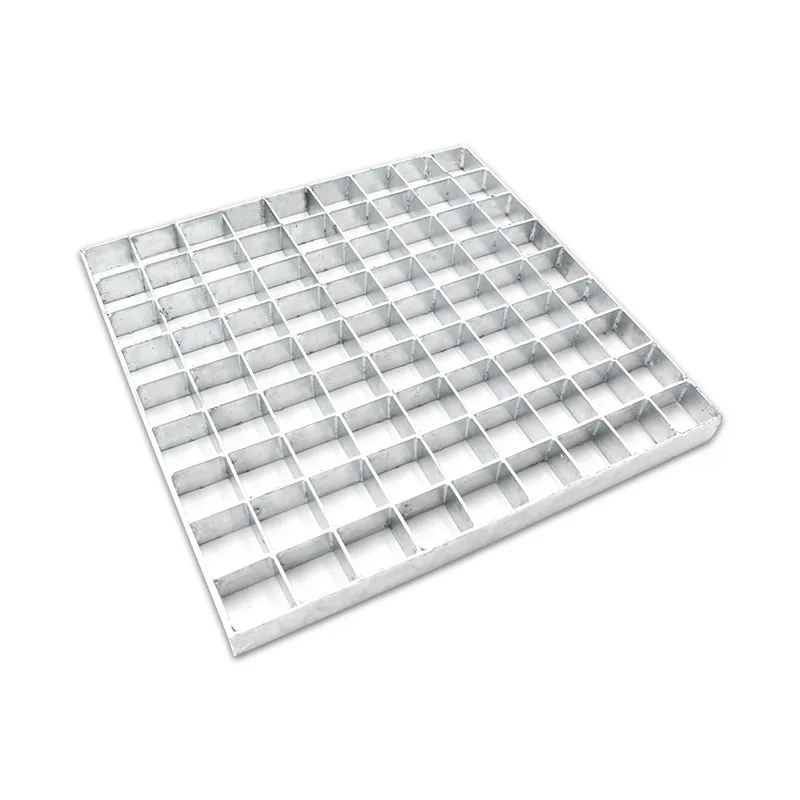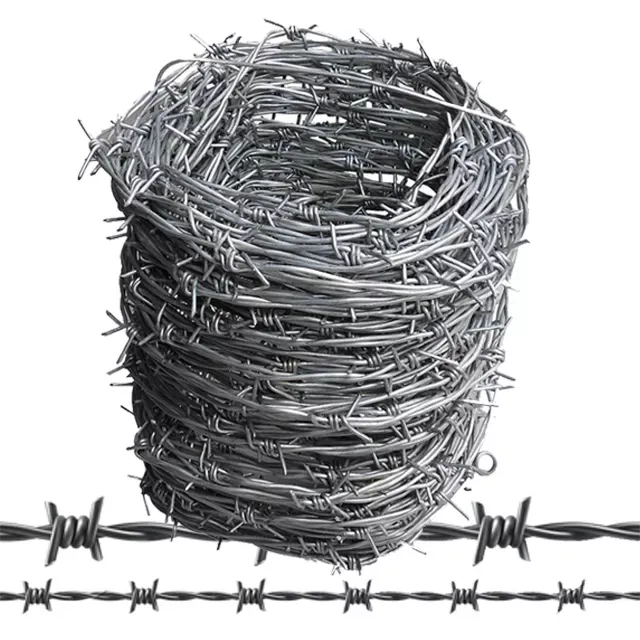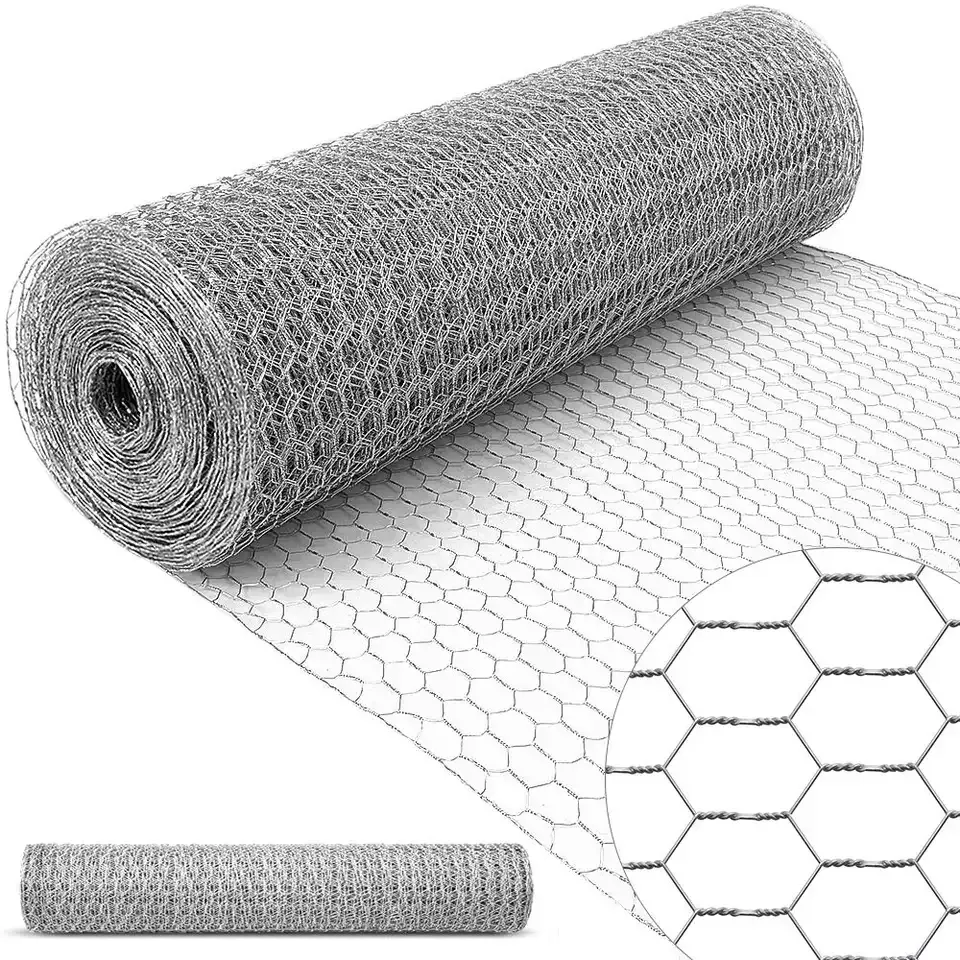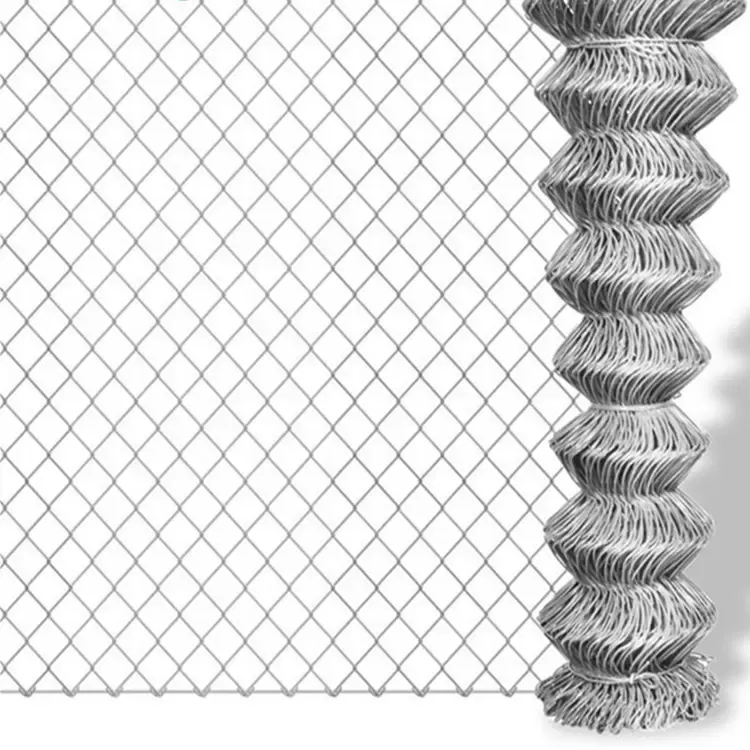
- Afrikaans
- Albanian
- Arabic
- Armenian
- Azerbaijani
- Basque
- Belarusian
- Bengali
- Bosnian
- Bulgarian
- Croatian
- Czech
- Danish
- Dutch
- English
- Esperanto
- Estonian
- Finnish
- French
- Galician
- Georgian
- German
- Greek
- hawaiian
- Hindi
- Hungarian
- Indonesian
- irish
- Italian
- Lao
- Latvian
- Lithuanian
- Luxembourgish
- Macedonian
- Maltese
- Myanmar
- Norwegian
- Polish
- Portuguese
- Romanian
- Russian
- Serbian
- Slovak
- Somali
- Spanish
- Swedish
- Thai
- Turkish
- Turkmen
- Vietnamese
Jun . 08, 2025 10:22 Back to list
Top Welded Wire Mesh Types for Durable Fencing Solutions
This comprehensive guide examines welded wire mesh specifications across industries. Key sections include:
- Fundamentals of welded wire mesh construction
- Technical properties and material science behind durability
- Manufacturer comparisons based on international standards
- Industry-specific customization approaches
- Real-world implementation case studies
- Installation techniques for long-term performance
- Selection criteria for fencing applications
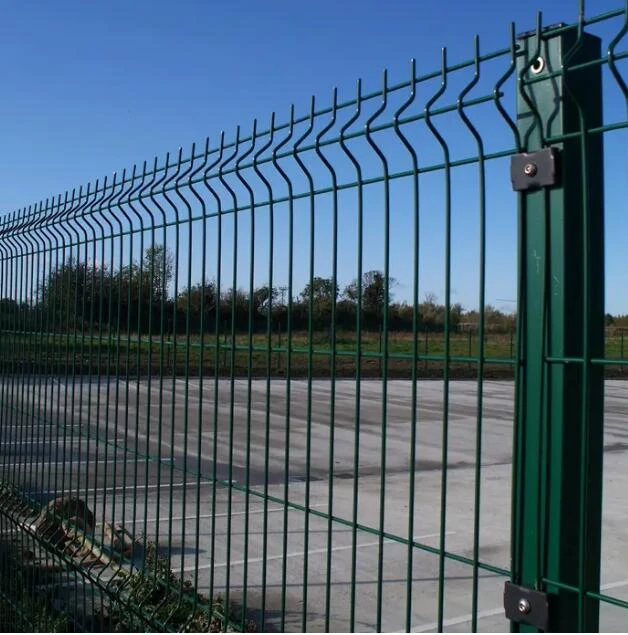
(types of welded wire mesh)
Understanding Different Types of Welded Wire Mesh
Welded wire mesh represents engineered solutions joining intersecting wires through precise electrical resistance welding. Construction parameters determine application suitability. Industrial classifications include:
Electro-galvanized mesh provides basic corrosion protection for indoor applications like concrete reinforcement. The zinc coating thickness typically ranges between 10-20 g/m².
Hot-dip galvanized varieties offer superior protection with zinc coatings exceeding 50 g/m². The International Zinc Association verifies these withstand over 75 years in moderate environments.
Stainless steel mesh, predominantly AISI 304 and 316 grades, resists chemical exposure in processing facilities. PVC-coated options combine zinc protection with colored polymer layers reaching 0.4mm thickness.
Material Properties and Technical Specifications
Performance characteristics depend fundamentally on material science principles. Tensile strength varies from 500-1600 MPa across wire grades, while elongation at break ranges from 10-30%.
According to ASTM A1064 tests, weld shear strength must exceed 70% of the wire's tensile strength. Mesh stability increases proportionally to wire diameter. For example:
• 3mm wire supports 500kg/m² vertical loads
• 6mm wire withstands 1.8 tonnes/m²
• 10mm military-grade handles 4 tonnes/m²
Corrosion tests (ISO 9227) prove hot-dip galvanization provides 5-7X the lifespan of electro-galvanized products in salt spray environments.
Manufacturer Comparison Based on Performance Metrics
Analysis of leading manufacturers shows significant quality variations affecting longevity. Critical metrics include zinc coating adherence, dimensional consistency, and weld integrity.
| Manufacturer | Wire Consistency (ASTM A641) | Zinc Coating (g/m²) | Weld Shear Strength | Mesh Tolerance |
|---|---|---|---|---|
| Global Industrial | ±0.05mm | 60-100 | 85% wire strength | ±1.5% |
| National Wire | ±0.08mm | 40-70 | 72% wire strength | ±2.2% |
| Atlantic Metals | ±0.10mm | 20-50 | 68% wire strength | ±3.5% |
Customization Processes for Specific Applications
Manufacturers achieve precision through CNC-controlled welding tables operating within 0.1mm positional accuracy. Common customization options address:
Perimeter Security: 5-8mm wires in 50x100mm apertures with tamper-proof welds and 300mm buried extensions prevent tunneling.
Agricultural Containment: Sacrificial zinc-aluminum coatings (ZnAl15) provide 30-year lifespans for livestock fencing with horse-safe 50x50mm patterns.
Industrial Screening: Self-supporting curved panels reach 8m spans using tensioned 8mm wires in 75x150mm configurations.
Implementation Case Studies Across Industries
Vancouver Port Authority selected 6mm hot-dip galvanized mesh with 75x75mm apertures for perimeter fencing. Despite marine exposure, zero maintenance has been required since 2012 installation.
Arizona prison facilities used 5mm stainless steel wires in 30x30mm grids. The solution withstood intentional impact tests exceeding 900 joules without deformation.
Dutch flood control projects embedded 500km of PVC-coated mesh with 0.8mm polymer layers. The zinc underlayer provides redundant corrosion protection in tidal environments.
Installation Methodologies for Structural Integrity
Foundation preparation determines longevity. Industry approaches include:
Concrete footing: 600mm depth with 10% reinforcement for permanent installations
Driven posts: Galvanized steel Ø76mm at 2.4m intervals with tensioned top wires
Tensioning sequences must progressively tighten wires diagonally. Recommended torque values for terminal posts:
• 3-4mm wires: 15-20Nm
• 5-6mm wires: 30-40Nm
• 8mm wires: 60-70Nm
Choosing Among Various Types of Welded Wire Fencing
Selection criteria focus on environmental exposure and threat levels. Marine environments require minimum 80g/m² zinc equivalent protection. Industrial sites demand consistent apertures within ±2mm.
High-security applications need minimum 5mm wires with continuous perimeter welds. For animal containment, aperture dimensions must prevent entrapment while withstanding impact forces exceeding 400J.
Budget allocations should prioritize lifecycle costs over initial pricing. Data shows premium galvanized solutions provide 62% lower cost-per-year over 20-year service periods.
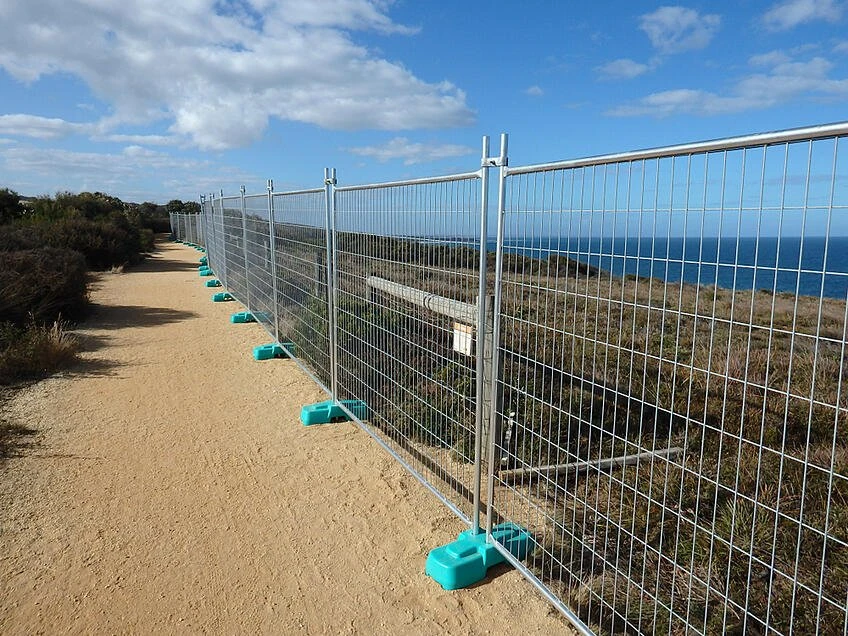
(types of welded wire mesh)
FAQS on types of welded wire mesh
5组英文焊接钢丝网FAQ(HTML富文本形式)Q: What are the main types of welded wire mesh?
A: The primary welded wire mesh types include standard square mesh, structural mesh with heavier gauges, epoxy-coated mesh for corrosion resistance, galvanized mesh (electro or hot-dip), and stainless steel variants. These serve distinct applications like concrete reinforcement, fencing, or industrial barriers.
Q: How do welded wire mesh types differ for fencing applications?
A: Welded wire fencing typically uses galvanized or PVC-coated mesh with openings ranging from 1" to 6" for security/animal control. Common types include hexagonal (poultry netting), grid panels for gates, and heavy-duty prison-style meshes with small apertures. Wire thickness varies based on required durability.
Q: What distinguishes PVC-coated welded wire mesh from other types?
A: PVC-coated welded wire mesh features a polymer layer fused to galvanized wire, enhancing weather/chemical resistance. Unlike uncoated or galvanized-only types, it offers UV protection and color options (green/black) for decorative fencing while preventing rust. Ideal for gardens and coastal environments.
Q: Which welded wire mesh types are optimal for concrete slab reinforcement?
A: Structural welded wire mesh (WWM) in 6x6" or 4x4" grids is standard, using deformed steel wires for concrete bonding. Heavy-duty types like "remesh" (8-gauge wires) prevent cracking in industrial floors, differing from lighter fencing meshes through welded intersections and ASTM specifications.
Q: How are stainless steel welded wire mesh types classified by application?
A: Stainless steel welded mesh is categorized by alloy grades (304/316) and weave styles. Fine mesh (1mm wires) filters particles in food/pharma industries, while coarse industrial types handle machine guards. Unlike carbon steel meshes, these resist extreme temperatures and corrosion long-term.
-
Why Welded Gabions Are Redefining Modern Landscape
NewsAug.18,2025
-
Padel Court for Sale
NewsAug.18,2025
-
Modern Open Gable Trellis System
NewsAug.18,2025
-
Guide to Durable and Efficient Fence Post Solutions
NewsAug.18,2025
-
Durable and Affordable Y Post Fence Solutions
NewsAug.18,2025
-
Construction Projects with Reliable Gabion Solutions
NewsAug.18,2025


